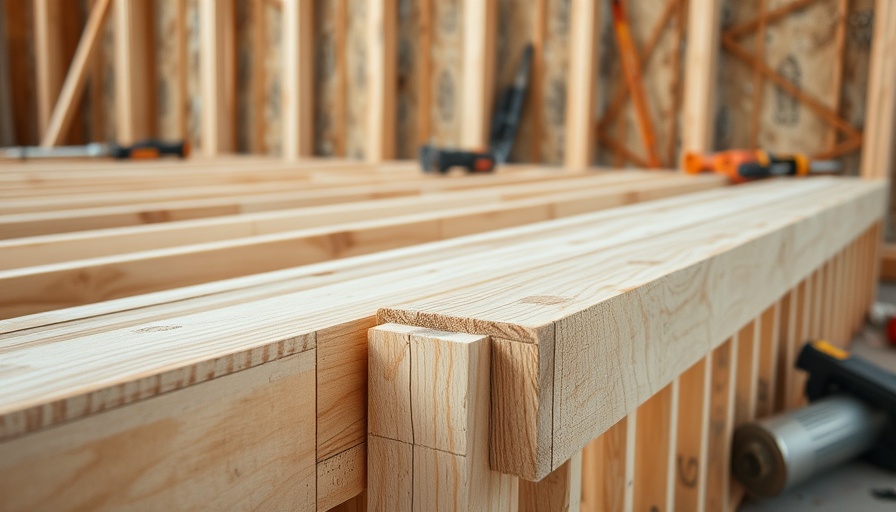
The Power of Reflection in Energy Efficiency
Energy savings aren't just about insulation or energy-efficient appliances; reflection plays a crucial role too. Reflective materials in construction can significantly reduce energy costs by bouncing sunlight away from buildings, thus keeping them cooler in warmer months. This technique not only minimizes the reliance on air conditioning but also extends the longevity of building materials by reducing heat-related stress.
Understanding Reflective Coatings
Reflective coatings are often used on roofs and walls to enhance energy efficiency. These products are designed to reflect more sunlight than traditional materials, which contributes to lower indoor temperatures.
Research indicates that buildings equipped with reflective surfaces can cut cooling costs by up to 20%. Furthermore, these products come in a variety of colors and finishes, enabling architects and builders to integrate energy-saving features without sacrificing aesthetics.
Real-World Applications
Innovative construction companies are adopting reflective technology to achieve sustainability certifications. For instance, projects aiming for LEED certification often require reflective elements to comply with guidelines aimed at reducing overall energy consumption.
This technology is especially relevant in urban areas where the heat island effect can markedly increase temperatures. Reflective materials in buildings can mitigate this phenomenon and contribute to a more comfortable urban environment.
The Environmental Impact of Energy Savings
Utilizing energy-saving reflective materials not only decreases energy bills but also plays a significant part in curbing greenhouse gas emissions. When less energy is required for cooling, it translates to lower emissions from power plants, making cities more sustainable.
Additionally, as more eco-conscious consumers and businesses demand sustainable building practices, the market for reflective technologies continues to grow. This shift not only benefits individual operators but also propels the industry towards a greener future.
Barriers to Adoption
Despite the clear benefits of reflective technologies, some builders face challenges in adoption. Initial costs can deter companies from investing in reflective roofing or paint solutions, as they may perceive the upfront expense as outweighing long-term savings.
Education plays a key role in overcoming these hurdles. By understanding the return on investment through reduced energy costs and potential rebates from energy efficiency programs, builders can be encouraged to integrate these innovations into their projects.
Conclusion: Embracing the Future of Construction
Incorporating reflective materials into construction practices is not just a trend; it's a necessary step toward sustainability in the industry. As builders and architects continue to prioritize energy efficiency, reflective technologies will become indispensable in promoting eco-friendly construction.
To learn more about the impact of such technologies on construction and energy consumption, it’s vital to stay informed on current trends, innovations, and sustainable practices. For industry professionals, understanding how to implement these solutions can lead to significant energy savings and a positive environmental impact.
 Add Row
Add Row  Add
Add 



Write A Comment